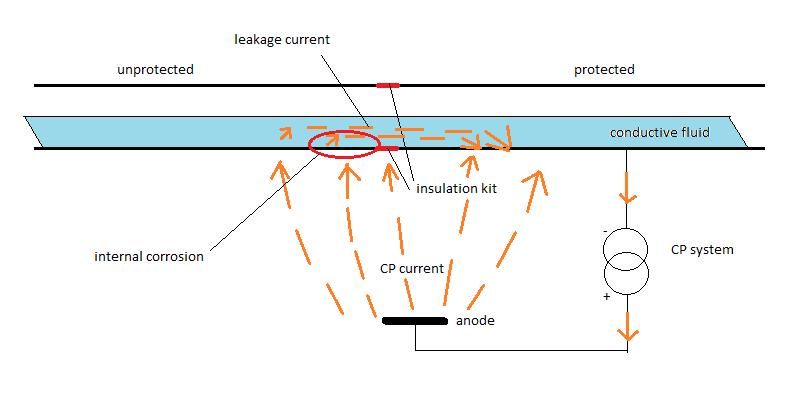Hi guys. Can someone help with this please?
Is there a rule or standard that differentiates when to use insulation kit as compared to isolation spool or vice versa?
How do you determine which one to go for during design of piping material to avoid galvanic corrosion of dissimilar materials if we assume cost is not an impediment?
Thanks
Is there a rule or standard that differentiates when to use insulation kit as compared to isolation spool or vice versa?
How do you determine which one to go for during design of piping material to avoid galvanic corrosion of dissimilar materials if we assume cost is not an impediment?
Thanks

